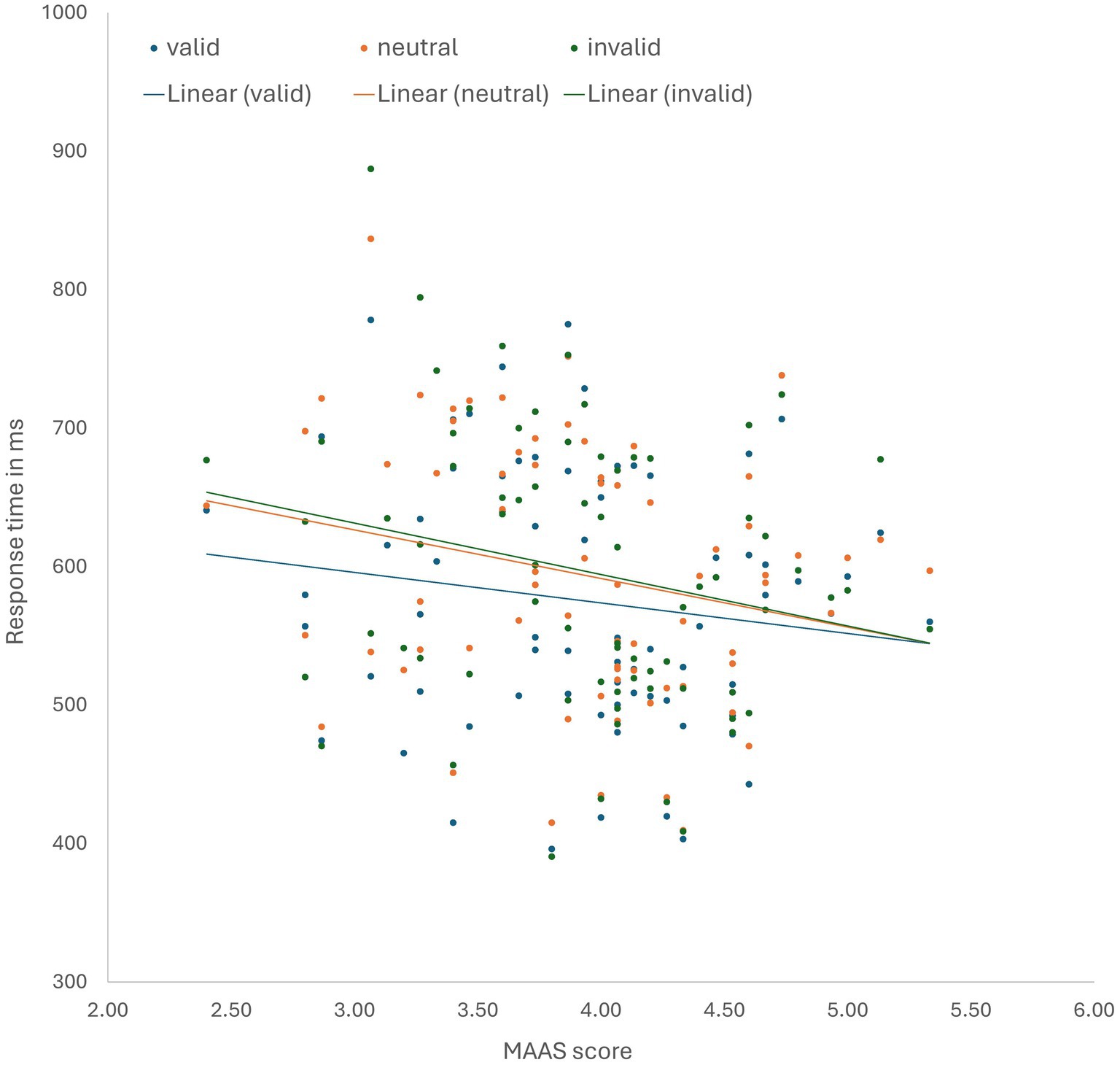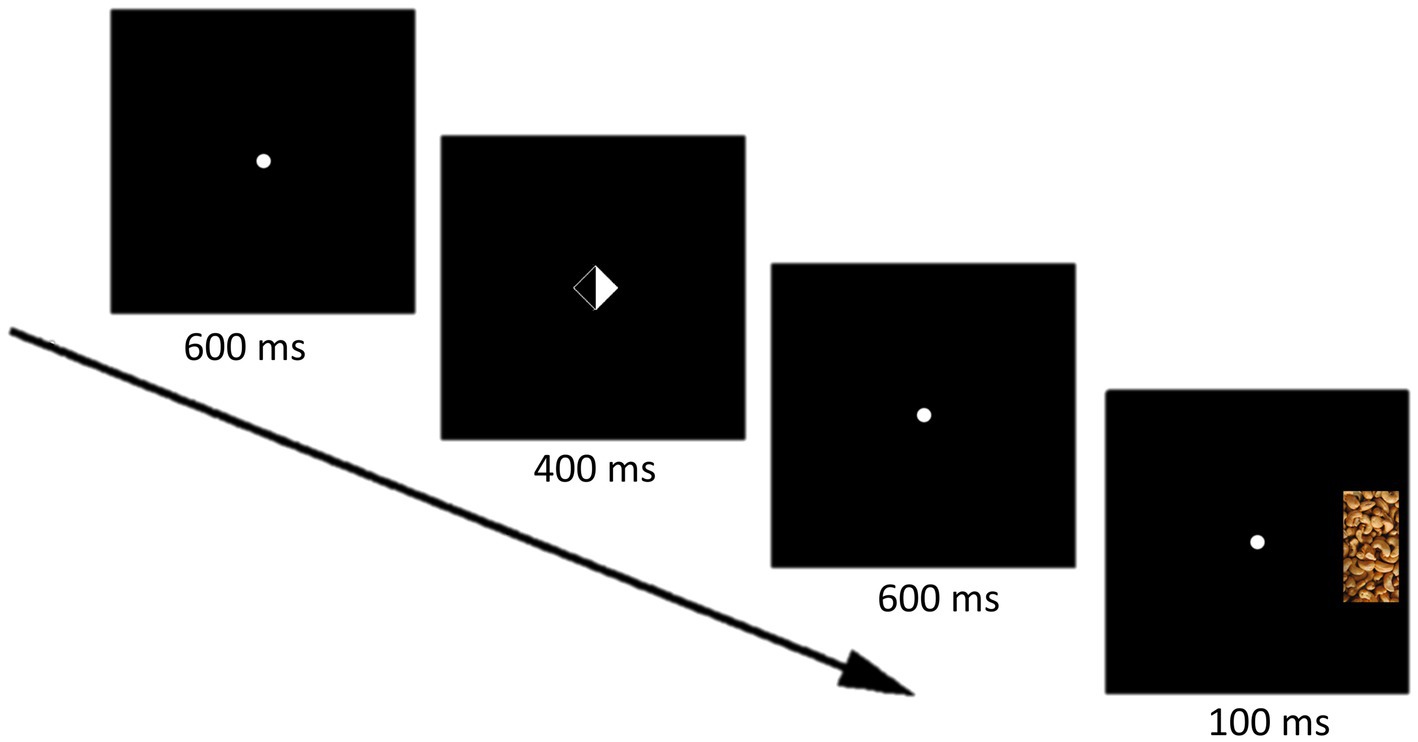Have you ever wondered how mindfulness might influence the way you pay attention to things, especially when it comes to food? The study titled “Mindfulness and Mechanisms of Attention in a Neutral and Palatable Food Context” delves into this very question. Authored by Zsófia Logemann-Molnár, Anna Veres-Székely, Zsolt Demetrovics, and H. N. Alexander Logemann, this research brings together insights from multiple institutions, including Eötvös Loránd University in Budapest, University of Gibraltar, Flinders University in Adelaide, and Vrije Universiteit in Amsterdam.

Objective of the Study
The primary goal of this research was to explore the relationship between dispositional mindfulness, components of attention (both voluntary and stimulus-driven), and reward contexts like food-related stimuli. The research builds on previous work that shows mindfulness is generally linked to improved cognitive performance and reduced attentional biases, but conflicting findings exist when it comes to how mindfulness affects attention towards rewarding stimuli.
Participant Demographics
The study involved 95 participants, 30 of whom were male and 65 female, with an average age of approximately 25.87 years. This diverse sample provides a broad base for examining how mindfulness interacts with attention mechanisms across different demographics.
Methods Employed
To examine these complex interactions, the researchers used several sophisticated techniques and assessments:
- Resting-state EEG: This method was used to record brain activity in a resting state, providing crucial data on frontal brain asymmetry.
- Dispositional Mindfulness Assessment: Participants were assessed for their levels of dispositional mindfulness to see how naturally mindful they are in their daily lives.
- Visuospatial Cueing (VSC) Task: This task helped measure attention in different contexts, specifically neutral versus palatable food contexts.
Key Findings
The findings from the study offer intriguing insights into how mindfulness might alter the way you process and respond to food-related stimuli:
Mindfulness and Attention
The results suggest that higher levels of dispositional mindfulness are associated with a reduced validity effect. This phenomenon implies a shift in balance towards enhanced stimulus-driven attention and a reduction in voluntary attention. In other words, those who are more naturally mindful may be more responsive to external stimuli rather than solely relying on their internal cues.
Frontal Brain Activity
Interestingly, the relationship between mindfulness and attention was found not to be mediated by asymmetry in frontal brain activity. This suggests that other underlying neural mechanisms may be at play, requiring further investigation to fully understand how mindfulness modulates attention.

Implications of the Study
The implications of these findings are broad and significant. They contribute to our understanding of how mindfulness could be used to manage attentional biases, particularly in contexts involving rewarding stimuli such as food. This has potential ramifications for addiction treatment, where attentional biases toward reward-related stimuli can be problematic.
Contextualized In Previous Research
Prior research has often shown that mindfulness can lead to improved cognitive performance and reduced attentional biases. However, findings have been inconsistent when it comes to reward-associated stimuli. This study helps clarify these inconsistencies by highlighting the importance of stimulus predictability and task paradigms.
Detailed Analysis of Methods
Each aspect of the methodology provides a crucial piece of the puzzle in understanding the intricate relationship between mindfulness and attention:
Resting-state EEG
Recording resting-state EEG helps capture the baseline neural activity of participants. This method allows researchers to explore potential biomarkers of mindfulness and attentional processes. By comparing this baseline activity with task-based activity, researchers can identify significant patterns and changes associated with mindfulness.
Dispositional Mindfulness Assessment
Measuring dispositional mindfulness involves evaluating how naturally mindful an individual is in their day-to-day life. This assessment typically includes scales that explore various facets of mindfulness, such as observing sensations, describing experiences, acting with awareness, and non-reactivity to inner experiences. The insights from these assessments help correlate mindfulness with attentional shifts observed during the VSC tasks.
Visuospatial Cueing (VSC) Task
The VSC task, employed to measure attention, involves directing participants’ focus to specific visual cues before presenting a target stimulus. By varying the context—neutral or palatable food—researchers can evaluate how different types of stimuli influence attentional processes. This task is particularly useful in distinguishing between voluntary attention (e.g., directing attention based on internal goals) and stimulus-driven attention (e.g., responding to external cues).

Key Findings in Detail
Reduced Validity Effect
The significant finding of a reduced validity effect in those with higher dispositional mindfulness suggests that these individuals are less reliant on pre-cued information and more responsive to real-time environmental stimuli. This reduction indicates a shift towards an open, receptive mode of attention, which could have beneficial implications for situations requiring adaptive responses.
Absence of Mediation by Frontal Brain Asymmetry
The finding that frontal brain activity asymmetry did not mediate the relationship between mindfulness and attention suggests that mindfulness may operate through different neural pathways. This discovery opens up avenues for future research to explore these alternate mechanisms, potentially involving other brain regions or networks responsible for attention and mindfulness.
Implications for Addiction and Reward Stimuli
Understanding how mindfulness modulates attention towards reward contexts has significant implications for addiction research and treatment. Attentional biases towards rewarding stimuli like food can lead to compulsive behaviors and addiction. Mindfulness training may help reduce these biases, promoting healthier responses to such stimuli.
Cognitive Performance and Attentional Bias
Ma**dfulness has been widely associated with improved cognitive performance and a reduction in attentional biases. However, the nuances of how it affects attention, particularly towards reward-associated stimuli, have been less clear. This study’s findings help bridge that gap, showing that mindfulness may indeed enhance stimulus-driven attention in rewarding contexts.
Conflicting Findings Explained
The conflicting findings in previous research regarding mindfulness and attention towards reward-associated stimuli could stem from differences in the predictability of stimuli and the paradigms used in various studies. This study highlights the importance of considering these factors, offering a more nuanced understanding of the effects of mindfulness.
Broader Social and Clinical Implications
Beyond theoretical insights, the study’s findings have practical implications for mindfulness-based interventions in mental health and addiction treatment. By further unraveling the relationship between mindfulness and attention, clinicians can better tailor interventions to improve outcomes for individuals struggling with attentional biases and compulsive behaviors.
Mindfulness-Based Interventions
Mindfulness-based interventions (MBIs) have shown promise in treating a variety of psychological conditions, including anxiety, depression, and addiction. This study’s findings support the use of MBIs in contexts where attentional biases towards reward-related stimuli need modulation.
Future Directions
While the study provides valuable insights, there are several areas where further research is needed to fully understand the mechanisms through which mindfulness influences attention.
Exploring Neural Mechanisms
Future research should explore other potential neural mechanisms and brain regions involved in the relationship between mindfulness and attention. Techniques such as functional MRI (fMRI) could provide complementary data to EEG findings.
Longitudinal Studies
Longitudinal studies could help determine the causal relationships between mindfulness practice and changes in attentional processes. Such studies could track individuals over time to see how mindfulness training impacts attentional biases and cognitive performance.

Conclusion
In summary, this study provides compelling evidence that mindfulness enhances stimulus-driven attention, particularly in contexts involving rewarding stimuli like food. This shift towards increased responsiveness to external stimuli, coupled with a reduction in voluntary attention, highlights the dynamic nature of attentional processes influenced by mindfulness. The findings hold significant implications for understanding and treating addiction and compulsive behaviors, and they pave the way for future research to further explore the underlying neural mechanisms and broader applications of mindfulness-based interventions.
By embracing these insights, you can appreciate the profound impact that mindfulness can have on your attentional processes, potentially offering a pathway towards improved cognitive performance and healthier responses to the complex stimuli in your environment.



